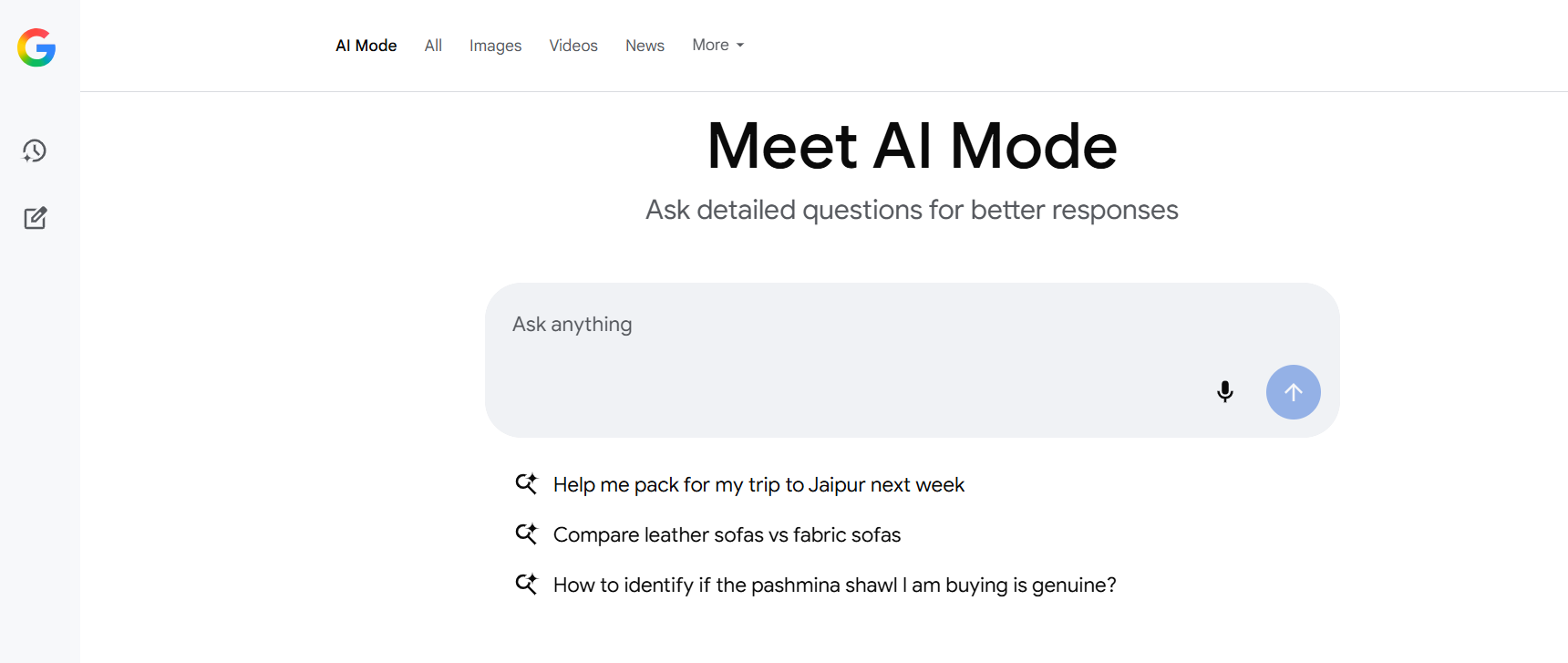Does something called a “simple ecommerce website” even exist? It’s more like a notion presented to hide the challenges that go behind creating a successful and well-rounded e-commerce website.
The brief that you might be presented with, might mention a simple functioning website but it is only when you involve yourself completely in the project, do you understand the depth of the work you would be involved in.
So, who can be blamed for this lapse in judgment? Is it the web designer’s fault who should be simplifying the process or is it the development team who are focusing too much time on the things that don’t require so much attention? Well, it’s important to address these challenges and possibly come up with solutions to some of them.
The harsh reality of building ecommerce platforms
The truth about building an ecommerce platform is that one size most certainly doesn’t fit all. It is important to accept this reality before venturing out to build one. Whatever you may say, an ecommerce platform doesn’t handle itself by default and there are only a few functions that can be automated, the rest is, unfortunately or fortunately, a result of your judgement and experience.
Although platforms like WooCommerce and Magento have made life easier by adding a certain functionality to your platform, there is absolutely no easy way to account for real-time scenarios. Sometimes, all you have to really hope for is a developer who has gone through similar experiences as you and more importantly, developed solutions for the problems he has faced.
When you are in the middle of the brainstorming phase, you are often on the same page with your client when it comes to understanding functionality needs and trying to implement a standard process for meeting those needs. However, you soon understand that it’s going to cost a good amount of time and money to implement customized solutions, as your problems come to you in customized, unique packages!
When you are stepping into a project, it is advisable to mention all your functionality requirements right at the start, keeping enough space for buffer needs. This is where sitting with your client to discuss their functionality needs becomes important. You should want to understand what he thinks about the process of handling specific kinds of products, orders, accounts which can account for various troubleshooting solutions.
Accounting for unprecedented changes
Building an ecommerce platform comes with its own share of surprises so it is always better to accommodate that in your budget. You should advise your clients on the different roadblocks that you might face, in order to account for any kind of unpredictability. This is an understanding that is important to establish right at the start, so that there are no shocks for your client as well. If you are using softwares for your ecommerce site, it is important to completely understand the software beforehand, so as to reduce any kind of pressure while working on the project.

When you are working on the project, communicate in clear terms to your clients that additional work results in additional costs and while building an ecommerce platform, be sure to expect some unforeseen things. Building an ecommerce website is a challenging as well a rewarding experience. Just don’t underestimate the effort involved ?

 Web and Full Stack
Web and Full Stack CMS and Frameworks
CMS and Frameworks Online Marketing
Online Marketing Cloud Services
Cloud Services ECommerce
ECommerce Mobile
Mobile



